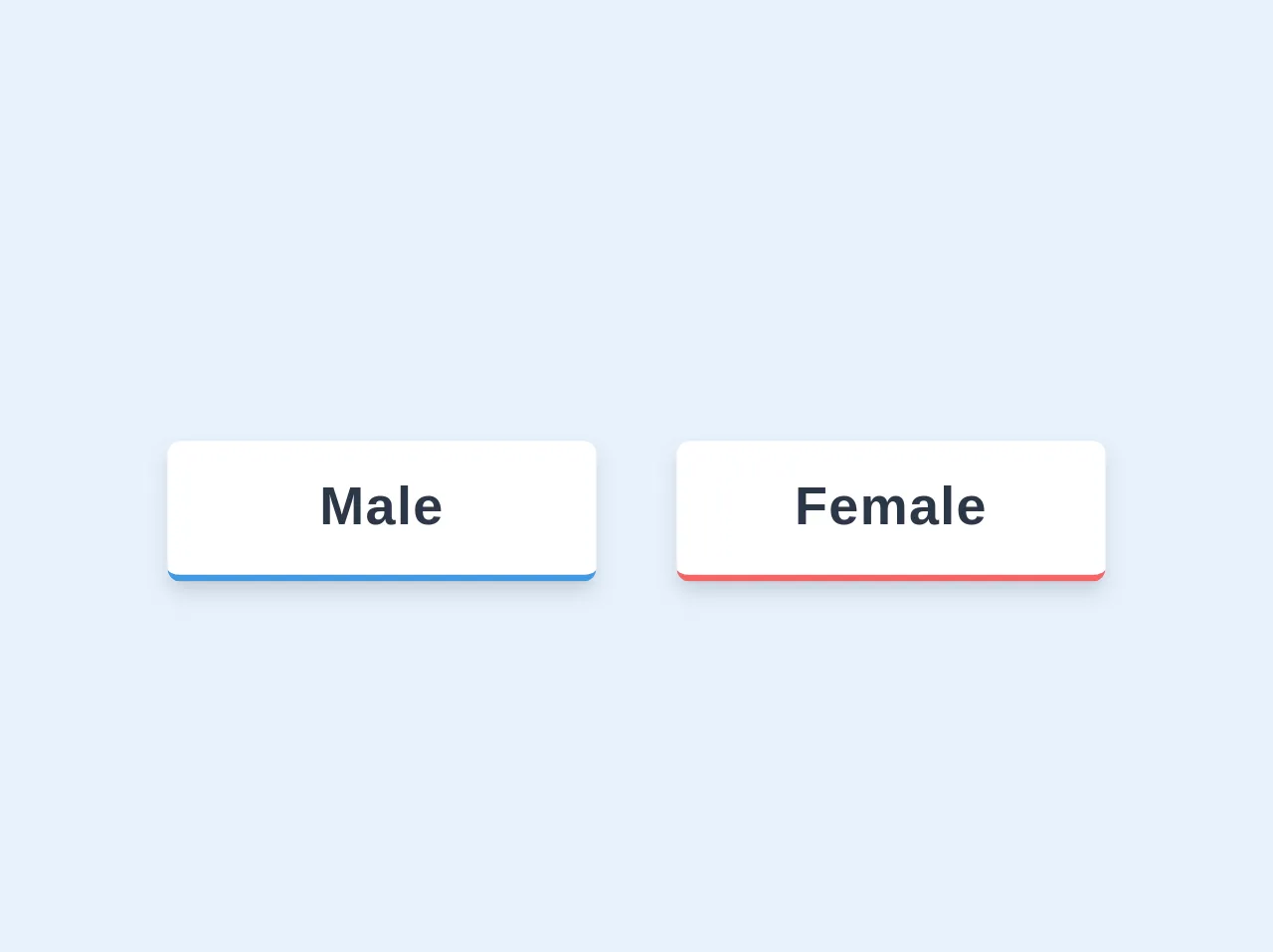- Published on
Imagine You Create A White Bottom With Underline With Tailwind CSS Like An Expert. Follow These 6 Steps To Get There

- What is Tailwind CSS?
- The description of white bottom with underline ui component
- Why use Tailwind CSS to create a white bottom with underline ui component?
- The preview of white bottom with underline ui component.
- The source code of white bottom with underline ui component.
- How to create a white bottom with underline with Tailwind CSS?
- Step 1: Set up your HTML file
- Step 2: Add the Tailwind CSS stylesheet
- Step 3: Create the HTML element
- Step 4: Add the necessary classes
- Step 5: Customize the component
- Step 6: Add the component to your website
- Conclusion
What is Tailwind CSS?
Tailwind CSS is a utility-first CSS framework that helps you create custom designs without writing CSS from scratch. It provides a set of pre-defined classes that you can use to style your HTML elements. With Tailwind CSS, you can create complex layouts and designs with ease.
The description of white bottom with underline ui component
A white bottom with underline is a common UI component used in web design. It is usually used to highlight a link or a button. The white bottom gives the component a clean and modern look, while the underline adds emphasis to the text.
Why use Tailwind CSS to create a white bottom with underline ui component?
Tailwind CSS makes it easy to create a white bottom with underline UI component. With its pre-defined classes, you can style your HTML elements without writing any CSS. This saves you time and effort, and allows you to focus on the design of your component.
The preview of white bottom with underline ui component.
To create a white bottom with underline UI component with Tailwind CSS, you can use the following classes:
<a href="#" class="inline-block py-2 px-4 bg-white rounded-full text-gray-800 font-semibold hover:text-white hover:bg-gray-800 hover:border-transparent focus:outline-none focus:ring-2 focus:ring-gray-800 focus:ring-offset-2 border-2 border-gray-800">
{{__placeholder1__}}
</a>
Free download of the white bottom with underline's source code
The source code of white bottom with underline ui component.
To create the white bottom with underline UI component, you can use the following classes:
<a href="#" class="inline-block py-2 px-4 bg-white rounded-full text-gray-800 font-semibold hover:text-white hover:bg-gray-800 hover:border-transparent focus:outline-none focus:ring-2 focus:ring-gray-800 focus:ring-offset-2 border-2 border-gray-800">
Link
</a>
<!-- This is an example component -->
<div class="flex mt-5">
<div class="m-3">
<button
class="w-32 bg-white tracking-wide text-gray-800 font-bold rounded border-b-2 border-blue-500 hover:border-blue-600 hover:bg-blue-500 hover:text-white shadow-md py-2 px-6 inline-flex items-center">
<span class="mx-auto">Male</span>
</button>
</div>
<div class="m-3">
<button
class="w-32 bg-white tracking-wide text-gray-800 font-bold rounded border-b-2 border-red-500 hover:border-red-600 hover:bg-red-500 hover:text-white shadow-md py-2 px-6 inline-flex items-center">
<span class="mx-auto">Female</span>
</button>
</div>
</div>
How to create a white bottom with underline with Tailwind CSS?
Follow these 6 steps to create a white bottom with underline with Tailwind CSS:
Step 1: Set up your HTML file
Create an HTML file and add the following code:
<!DOCTYPE html>
<html lang="en">
<head>
<meta charset="UTF-8">
<title>White Bottom with Underline</title>
<link rel="stylesheet" href="https://cdn.jsdelivr.net/npm/[email protected]/dist/tailwind.min.css">
</head>
<body>
<a href="#" class="inline-block py-2 px-4 bg-white rounded-full text-gray-800 font-semibold hover:text-white hover:bg-gray-800 hover:border-transparent focus:outline-none focus:ring-2 focus:ring-gray-800 focus:ring-offset-2 border-2 border-gray-800">
Link
</a>
</body>
</html>
Step 2: Add the Tailwind CSS stylesheet
Add the Tailwind CSS stylesheet to your HTML file by including the following code in the head section:
<link rel="stylesheet" href="https://cdn.jsdelivr.net/npm/[email protected]/dist/tailwind.min.css">
Step 3: Create the HTML element
Create an HTML element for the white bottom with underline by adding the following code:
<a href="#" class="inline-block py-2 px-4 bg-white rounded-full text-gray-800 font-semibold hover:text-white hover:bg-gray-800 hover:border-transparent focus:outline-none focus:ring-2 focus:ring-gray-800 focus:ring-offset-2 border-2 border-gray-800">
Link
</a>
Step 4: Add the necessary classes
Add the necessary classes to your HTML element to create the white bottom with underline. These classes are:
inline-block: This class makes the element an inline block element.py-2: This class adds padding to the top and bottom of the element.px-4: This class adds padding to the left and right of the element.bg-white: This class sets the background color of the element to white.rounded-full: This class rounds the corners of the element to make it circular.text-gray-800: This class sets the text color of the element to gray.font-semibold: This class sets the font weight of the text to bold.hover:text-white: This class sets the text color of the element to white when the mouse hovers over it.hover:bg-gray-800: This class sets the background color of the element to gray when the mouse hovers over it.hover:border-transparent: This class removes the border when the mouse hovers over the element.focus:outline-none: This class removes the focus outline when the element is clicked.focus:ring-2: This class adds a ring around the element when it is clicked.focus:ring-gray-800: This class sets the color of the ring to gray.focus:ring-offset-2: This class adds an offset to the ring.border-2: This class adds a border to the element.border-gray-800: This class sets the color of the border to gray.
Step 5: Customize the component
You can customize the white bottom with underline by changing the values of the classes. For example, you can change the background color to red by using the bg-red-500 class.
Step 6: Add the component to your website
Once you have created the white bottom with underline, you can add it to your website by copying the HTML code and pasting it where you want it to appear.
Conclusion
Creating a white bottom with underline with Tailwind CSS is easy and straightforward. With its pre-defined classes, you can style your HTML elements without writing any CSS. By following these 6 steps, you can create a clean and modern UI component that will enhance the design of your website.